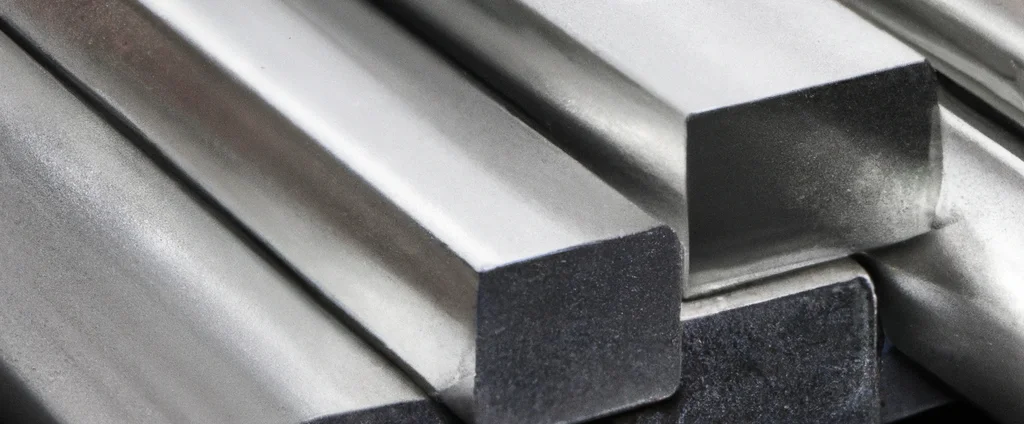Aluminum Alloy 5182 (UNS A95182)

Aluminum 5182 is an aluminum alloy primarily containing magnesium, manganese, and chromium. It is widely used in the automotive industry due to its excellent corrosion resistance and formability.
| Chemical Composition | ||
|---|---|---|
| Element | Min | Max |
| Aluminum | 93.2% | 95.8% |
| Chromium | —— | 0.1% |
| Copper | —— | 0.15% |
| Iron | —— | 0.35% |
| Magnesium | 4.0% | 5.0% |
| Manganese | 0.2% | 0.5% |
| Silicon | —— | 0.2% |
| Titanium | —— | 0.1% |
| Zinc | —— | 0.25% |
| Residuals | —— | 0.15% |
The following table provides a list of aluminum 5182 properties in both SI and US customary/Imperial units.
Click on the button to switch between Metric and Imperial units.
| Physical Properties | Metric |
|---|---|
| Density | 2700 kg/m3 |
| Mechanical Properties | Metric |
| Tensile Strength | 280 - 420 MPa |
| Yield Strength | 130 - 360 MPa |
| Young’s Modulus (E) | 69 GPa |
| Shear Modulus (G) | 26 GPa |
| Elongation at Break | 12% |
| Poisson’s Ratio (ν) | 0.33 |
| Brinell Hardness | 80 HB |
| Thermal Properties | Metric |
| Melting Point | 570 - 640 °C |
| Thermal Conductivity | 130 W/m·K |
| Specific Heat Capacity (Cp) | 900 J/kg·K |
| Coefficient of Thermal Expansion (αL) | 2.4×10-5 1/°C |
| Electrical Properties | Metric |
| Electrical Conductivity | 1.8×107 S/m |
| Electrical Resistivity | 5.56×10-8 Ω·m |
The values in this table are approximate and can vary depending on various factors such as the specific manufacturing process and heat treatment applied to the alloy.
Advantages & Disadvantages of Aluminum 5182
| Advantages | Disadvantages |
|---|---|
| Lightweight | High cost |
| Corrosion resistance | Low melting point |
| Formability | Susceptible to cracking |
| Strength | |
| Weldability |
Applications of Aluminum 5182
Aluminum 5182 is a versatile aluminum alloy that has a wide range of applications across various industries, including:
- Automotive industry: Commonly used for the production of body panels, fuel tanks, and other structural components due to its high strength, lightweight, and excellent formability.
- Packaging industry: Used for the production of cans, lids, and other containers due to its corrosion resistance, formability, and suitability for printing.
- Marine industry: Widely used for the production of boat hulls, decks, and other components due to its excellent corrosion resistance and lightweight.
- Building and construction: Suitable for roofing, cladding, and other applications that require a lightweight, durable, and corrosion-resistant material.
- Electrical industry: Used for the production of bus bars, conductors, and other components due to its excellent electrical conductivity and corrosion resistance.
- Aerospace industry: Can be used for the production of aircraft components due to its high strength-to-weight ratio and excellent formability.
